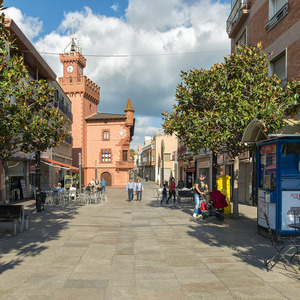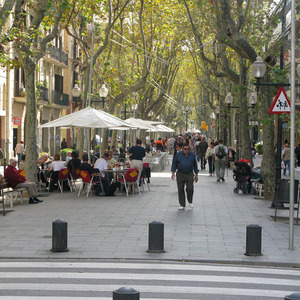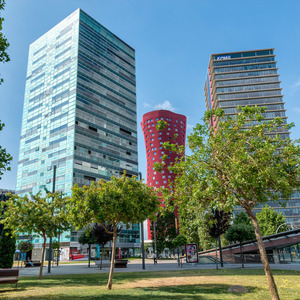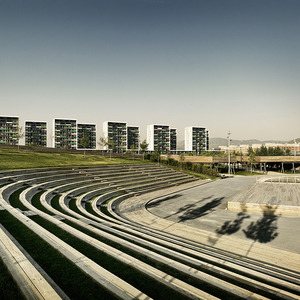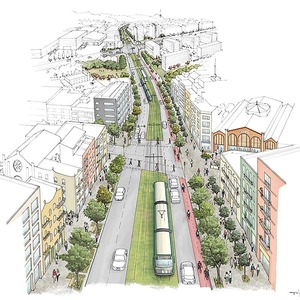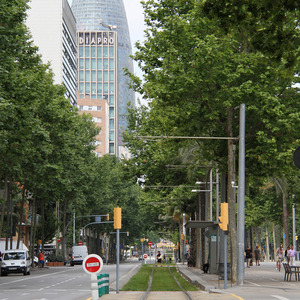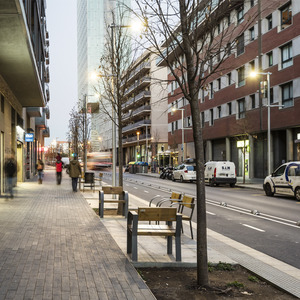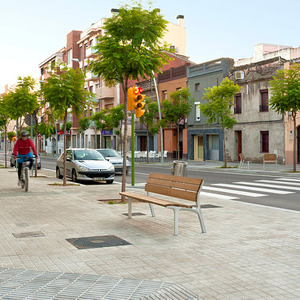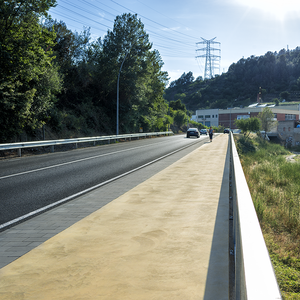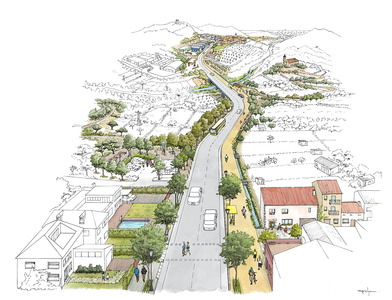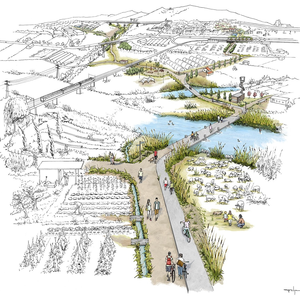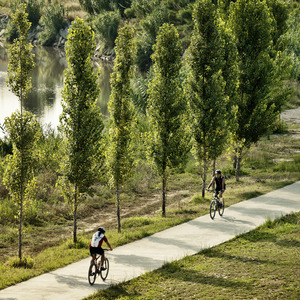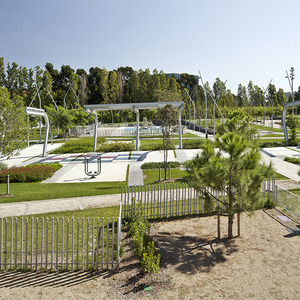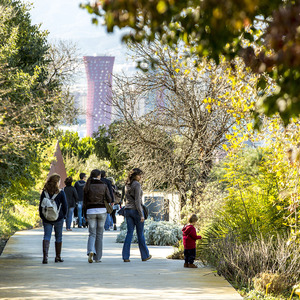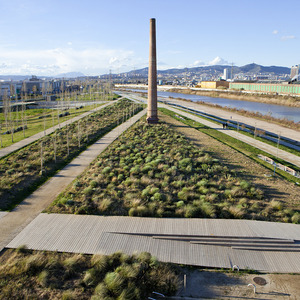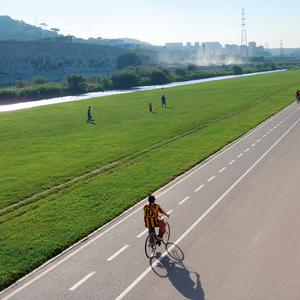The suitable definition of and relationship between areas of centrality, the metropolitan road system and the green structure enable the structuring of the urban territory and green fabrics and areas within the metropolis and between the metropolis and the territories of the rest of the region.
Urban and social structure
First, the urban structure defines local and metropolitan areas of centrality, which are points or areas that generate and attract flows of people due to their cultural interest or their concentration of professional, leisure and consumer activities or services and facilities.
Second, these nodes are linked by a system of metropolitan roads that shape the urban territory, structuring its fabrics, defining the public space and enabling movement and social relations.
Finally, a green structure, formed by a system of green areas and connections (often superimposed over the metropolitan roads) between urban centres and between them and natural areas. This provides people with access to the ecosystem services provided by the elements in the biophysical matrix and also promotes conservation efforts.
ELEMENTS OF AREAS OF CENTRALITY
-
The PDU determines which centres are to be maintained or strengthened within the network to be formed and also establishes new sites for metropolitan centres, for which the conditions for their development are defined: good accessibility to the public transport networks and high urban intensity.
-
-
ELEMENTS OF METROPOLITAN ROADS
-
The avenues run through the entire metropolitan territory and should be adopted as the main structural connections of the metropolis. They must guarantee the flows and continuity for sustainable mobility, quality public spaces and a great intensity of uses. They are the main connections and should emphasise their historical value while lending cohesion to the metropolitan centres.
-
-
-
Their purpose is to distribute the traffic flows from high-capacity thoroughfares. They connect urban nuclei separated by open spaces, between the plains and the mountains, for example. They must play a key role in ensuring the continuity of networks for cyclists, pedestrians and users of public transport and in helping overcome fragmentation.
-
-
ELEMENTS OF THE GREEN STRUCTURE
-
They establish green routes within the active mobility network with the aim of connecting urban settlements to each other and to their surroundings while also renaturing the city. The existing corridors must be reinforced and new ones must be created in order to form routes that link parks, facilities, public transport and gateways to the natural parks.
-
-
